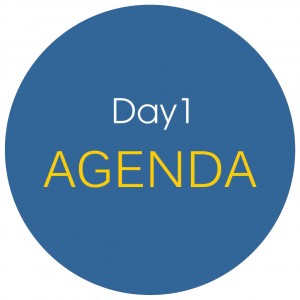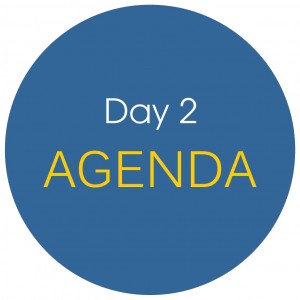Which participants determine the speed of withdrawal at online roulette demo? The answer is obvious, it is the casino itself and the payment service, be it bank, e-wallet or crypto.
Humanitarian Aid and Disaster Risk Reduction
Caritas India has developed core competence in Disaster Risk reduction by Linking Relief and Rehabilitation to Development (LRRD).
The Indian subcontinent is highly vulnerable to natural disasters, mainly resulting from the country’s geo-climatic positioning. The effect of hazards have further been compounded by accompanying socio-economic conditions, unplanned urbanization, development within high risk zones, environmental degradation, climate change, geological hazards, epidemics and pandemics. The Sendai Framework for Disaster Risk Reduction 2015-2030, has set the roadmap towards building disaster resilient nations and communities, while also recognising DRR to be connected with Sustainable Development.
The escalating events of disasters have proportionately increased the challenges for achieving Disaster Risk Reduction (DRR). Despite the collective efforts of the Government and civil society organisations, disasters continue to be daunting.
Testimonials
Media
Resources
Events
- International Conference on Disaster Risk Reduction Continue reading →
The International Conference on Disaster Risk Reduction (ICDRR) will objectively deliberate to put Communities at the heart of all solutions at the backdrop increasing natural and man-made disasters as cited by the Sendai Framework for Disaster Risk Reduction 2015-2030 adopted at the Third UN World Conference in Sendai, Japan (March 18, 2015) succeeding the Hyogo Framework for Action 2005-10.
It is expected that ICDRR will enable an interface between the community representatives, policy makers and the actors on ground in developing coherence amongst the varied actors for relooking into the DRR priorities; align them to community needs to fore-ground the communities as change agents and stakeholders in disaster resilience.
OBJECTIVES
Provide an opportunity for practitioners and corporate entities to share experiences and good practices /interventions in building resilience through different sectors of disaster management in India and selected projects from South and South East Asia region.
Mutual learning from the best practices in the identified themes of the conference.
Explore the path ahead towards workable models in the areas of disaster risk mapping and management through focus on technology innovation, risk transfer through community insurance; psycho social support post disasters; and livelihood security.
STRATEGIC HIGHLIGHTS
I. Disaster Risk Mapping through technological innovation: Localise them for community use
II. Disaster Risk Management: Secured Livelihood, Health and Psychosocial well-being
III. Risk Management through Risk Transfer: Insurance Models
WHO CAN PARTICIPATE?
The Conference will be attended by disaster management practitioners from at-risk communities, government agencies, United Nations agencies, non-government organisations, community-based organisations, corporate entities in banking sector, academicians. Representatives of donors, regional organisations and other specialised agencies are encouraged to attend the Conference to share their insights. Preference will be given to participants from India, South and South East Asia regions.
DOWNLOAD REGISTRATION FORM
EXPECTED OUTCOME
The conference shall demonstrate best practices and models for replication and adaptability. It will also develop coherence towards qualifying various aspects of resilience.
PARTNERS
The Conference will be organised by Caritas India, while collaboration will be actively sought with the NDMA, NIDM, and other relevant agencies.
Copyright Caritas India 2013 ! Developed by Neural Info Solutions Pvt. Ltd.























































